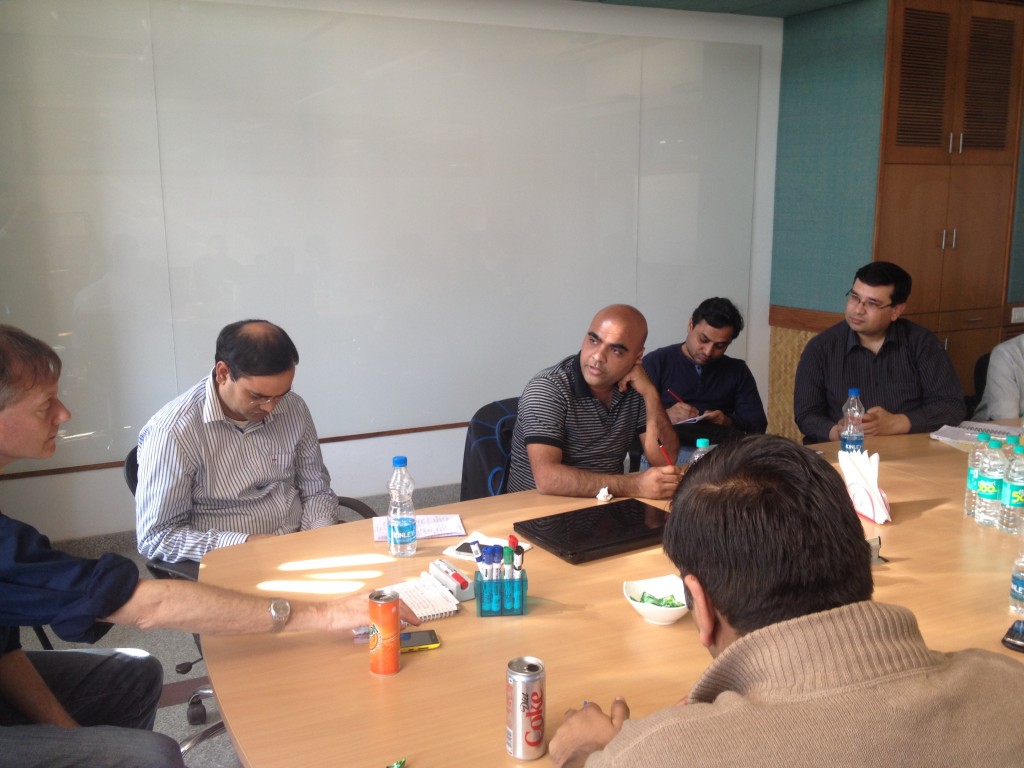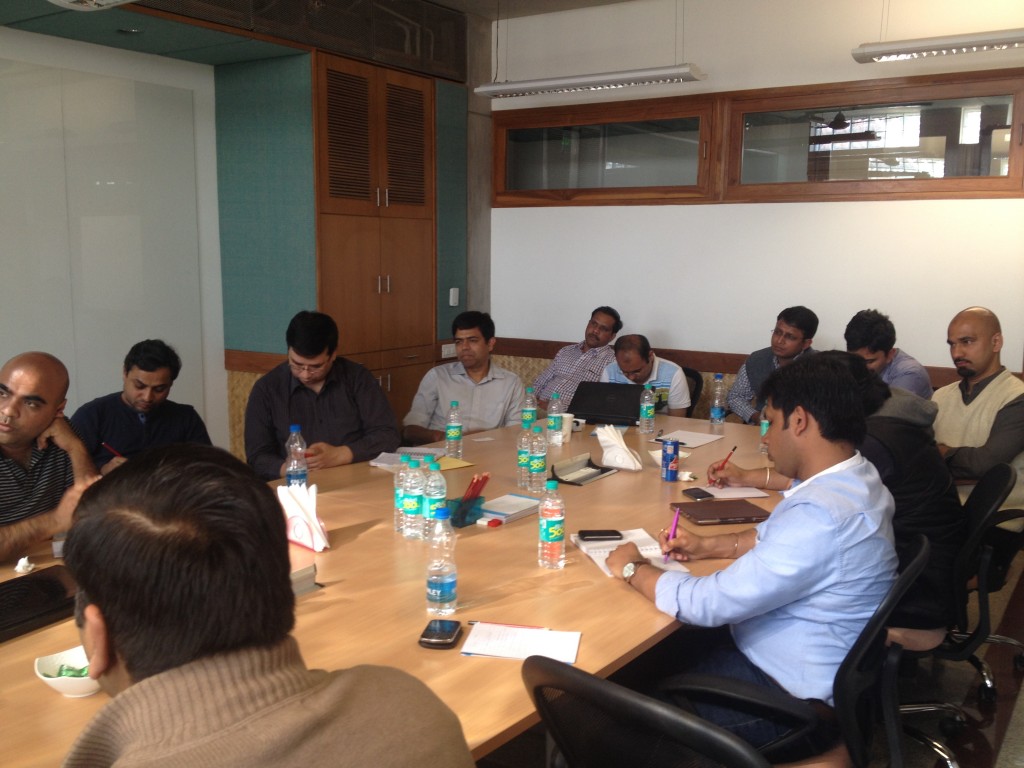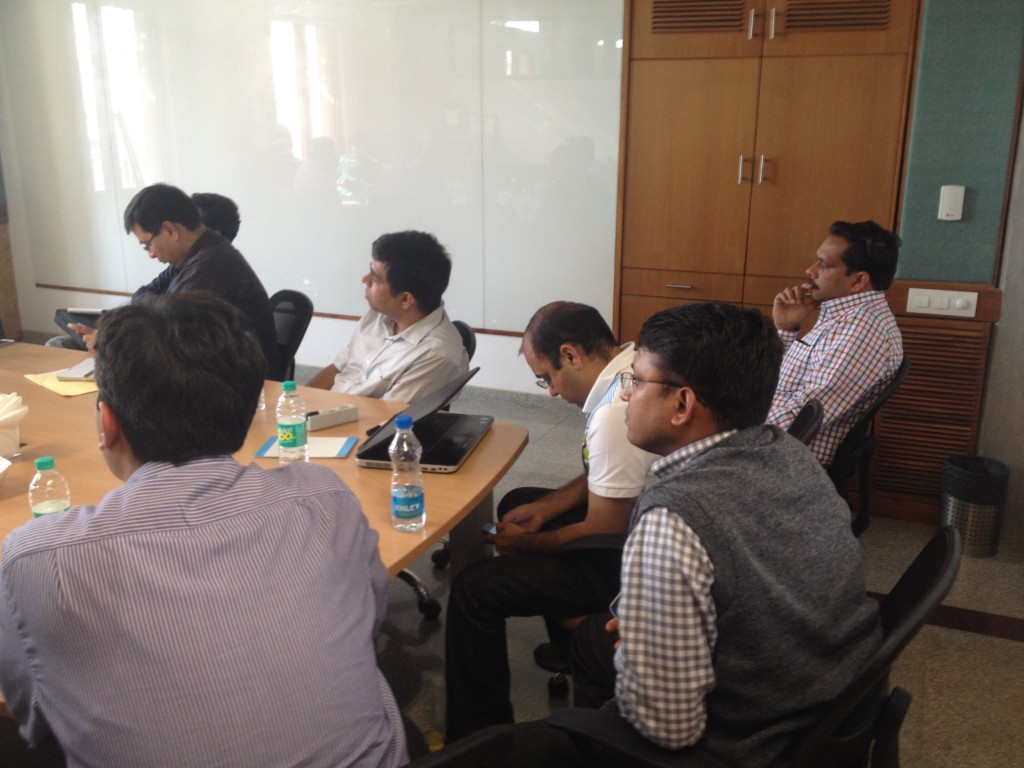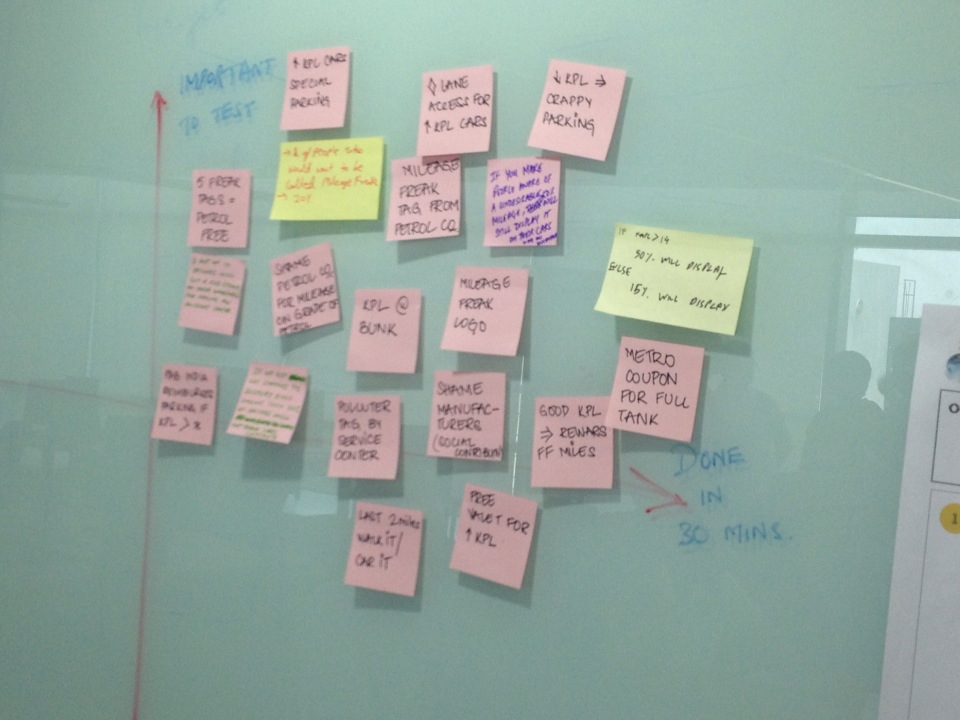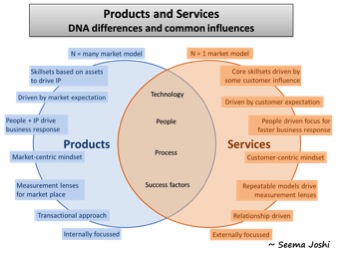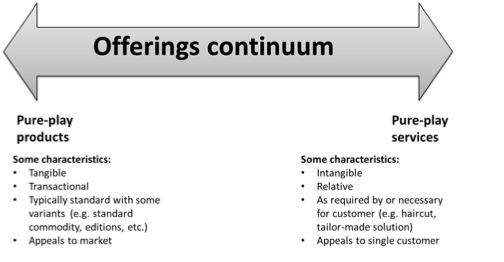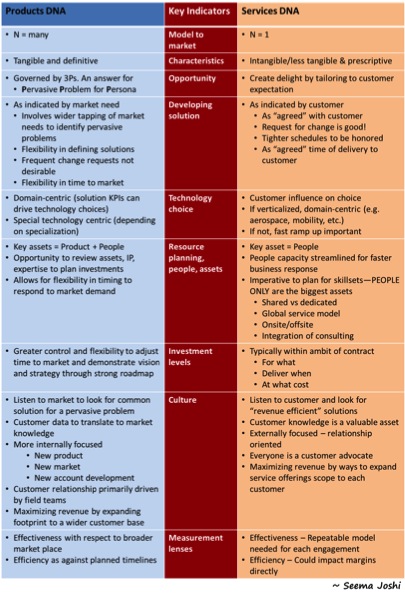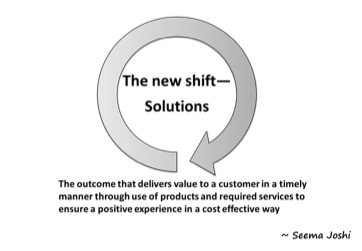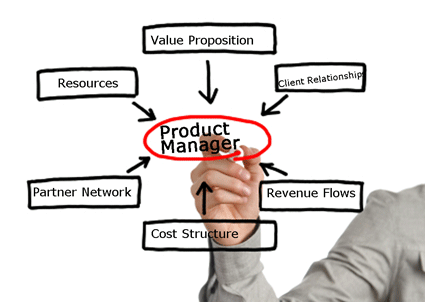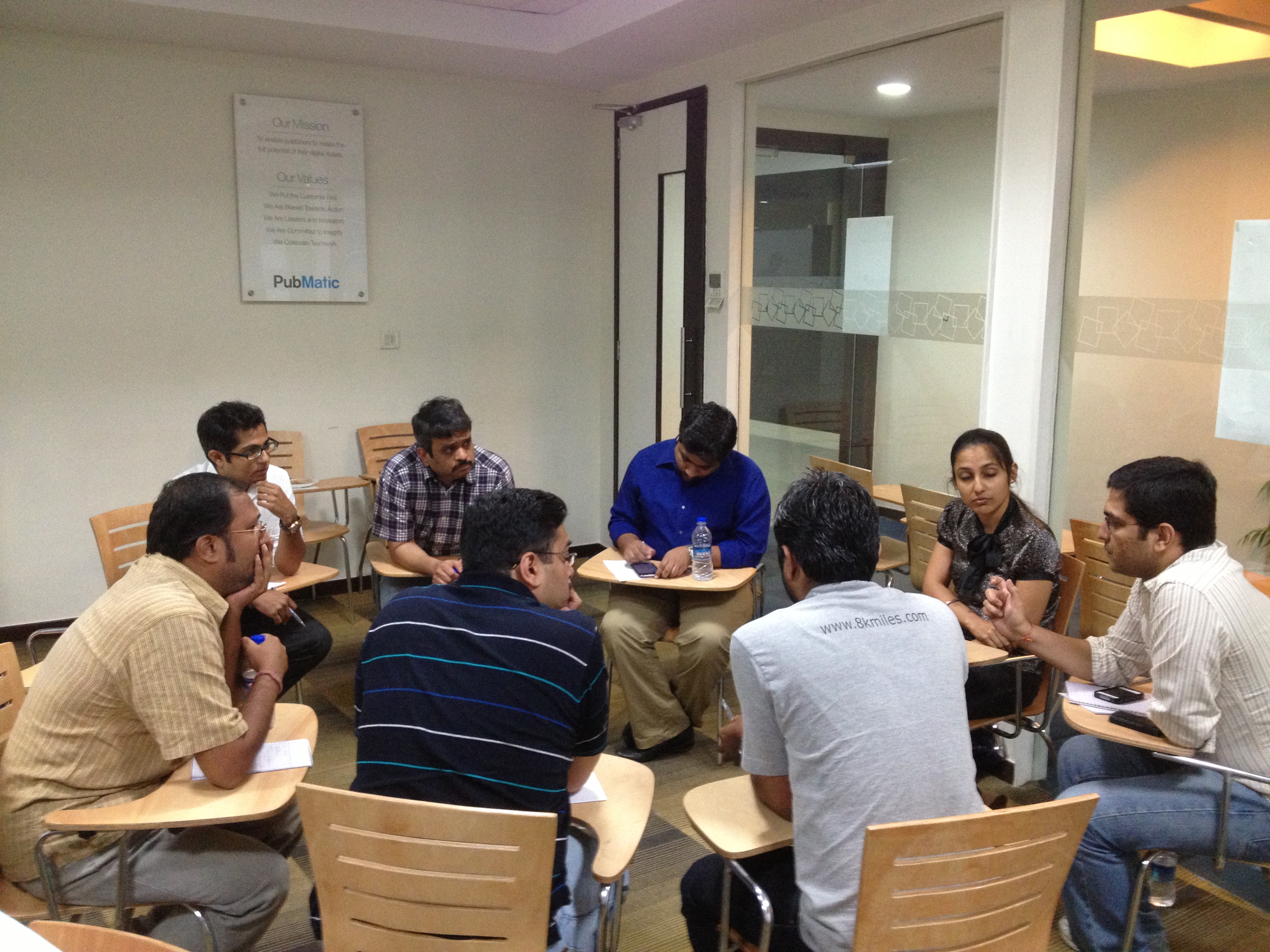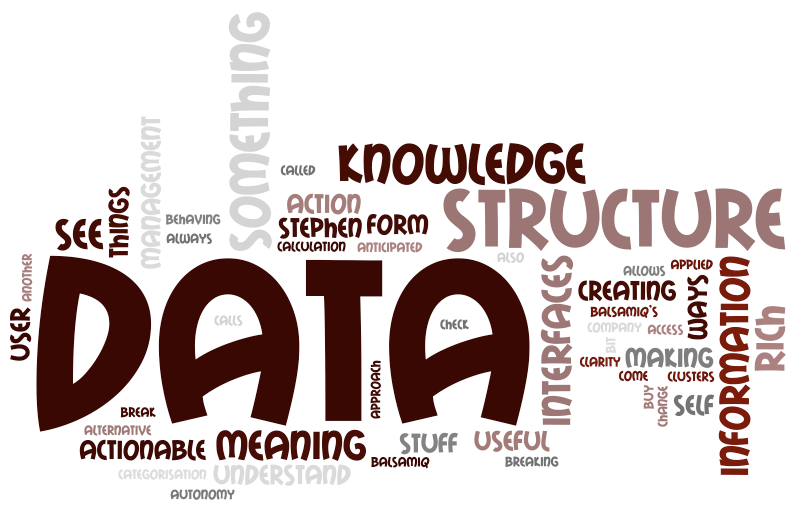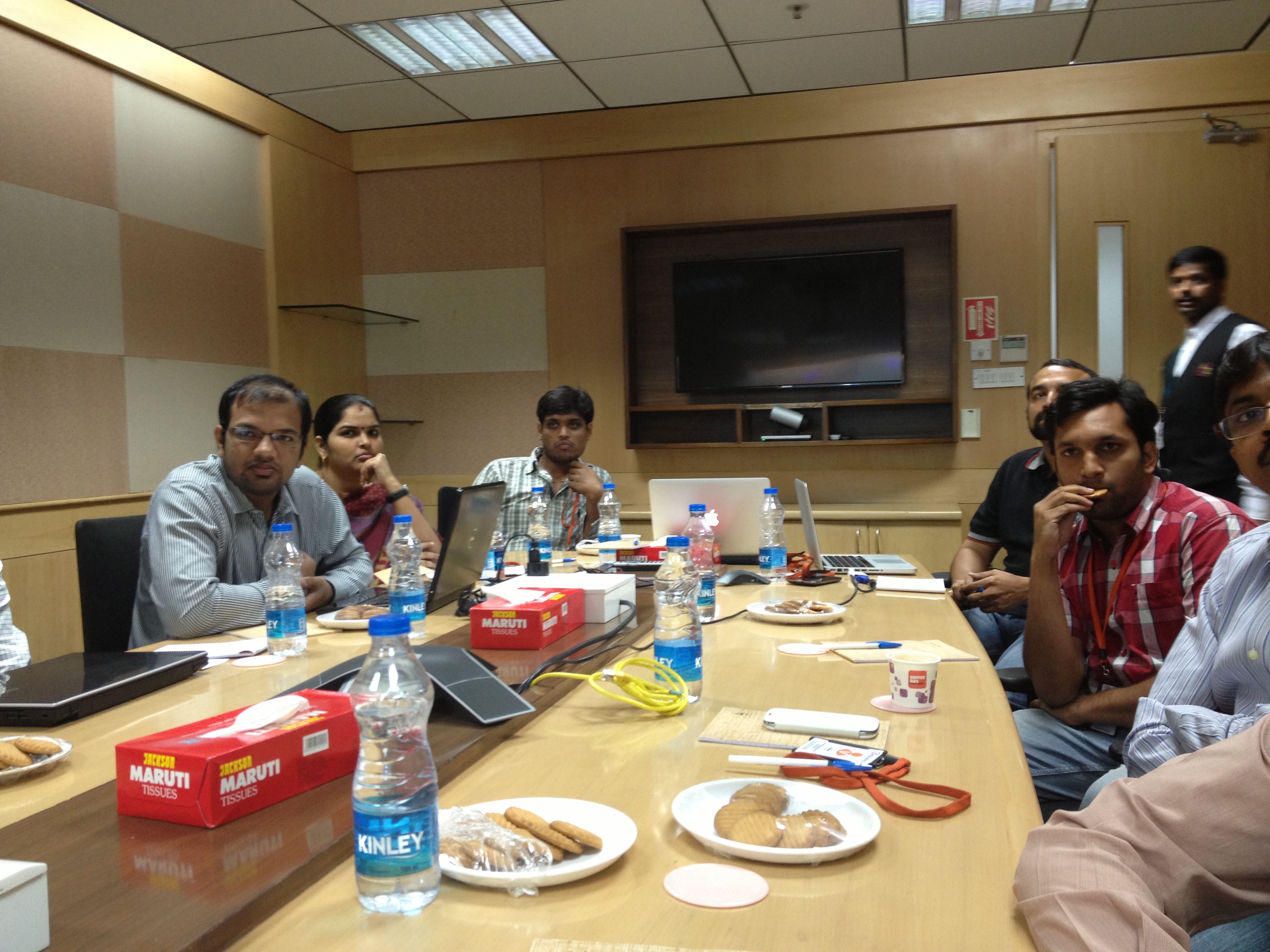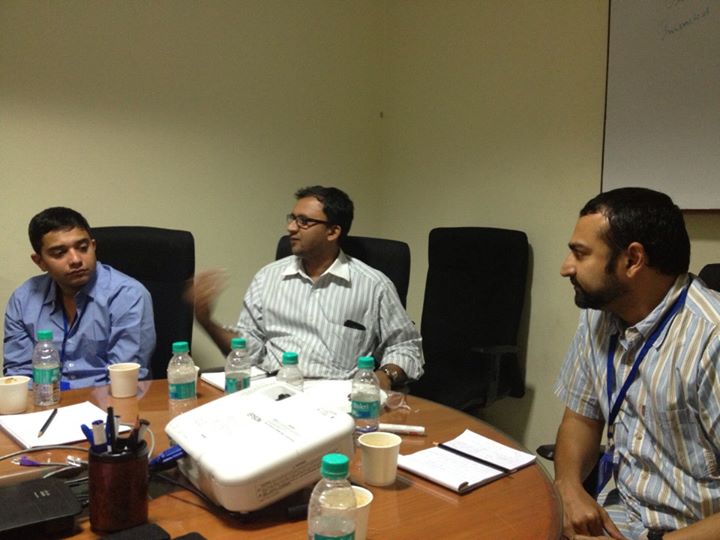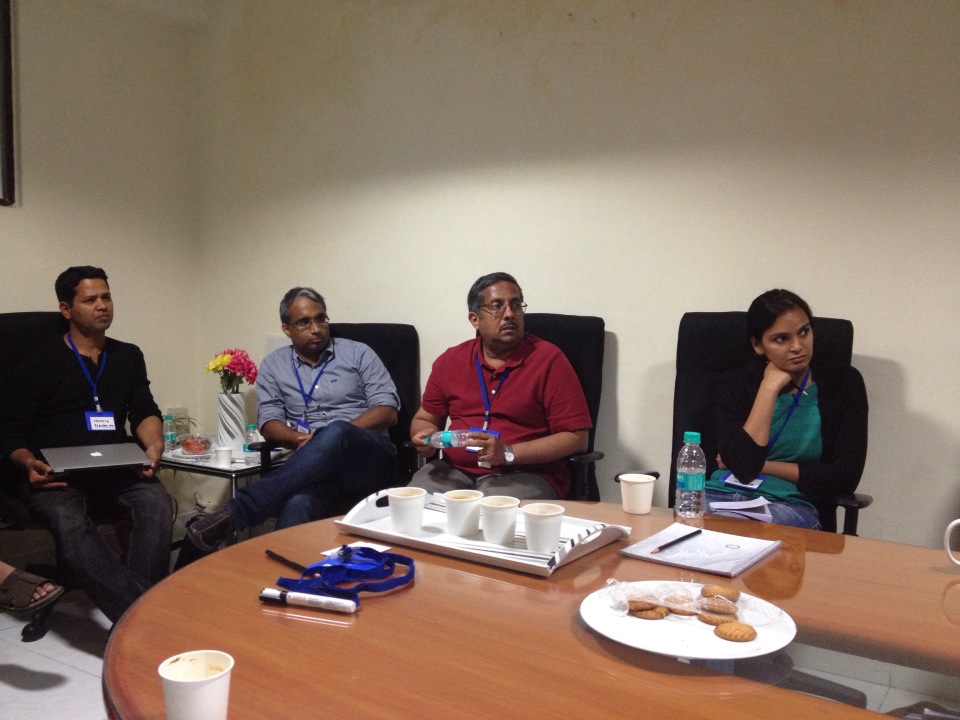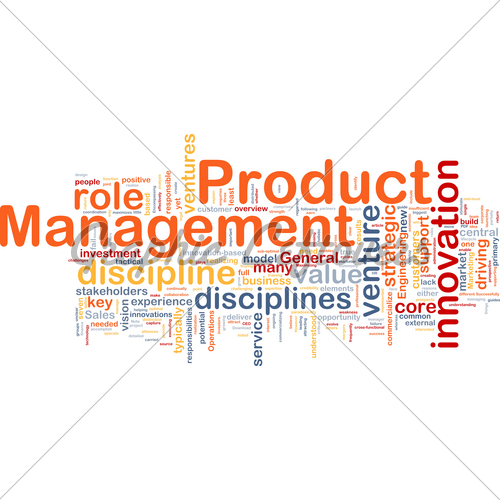I recently visited the office of PeopleWorks to meet Hemant Tathod who Heads the Product Management function.
Spin-off from the parent
Hemant chronicled the initial journey of the formation of PeopleWorks. It began as a need identified by Mr Ram, President & Executive Director of Crossdomain Solutions who was looking for a solution to cater to existing policies of Crossdomain without demanding tweaks their in current HR practices. During this process he realized this solution to be a product opportunity for Small & Medium Enterprises as target segment & initiated market research to validate. The research indicated that the existing product had low growth value but it also identified an opportunity that lay beyond. As a result there was a decision to break PeopleWorks away to focus on an opportunity for delivering cloud based HR workflow. A Beta product was created and validated with a handful of existing clients. During this spin-off they managed to maintain and upgrade 50% of existing clients.
Validate the product with customers
During this phase of building the Beta product, PeopleWorks team set a plan to develop customer insights through various means. Beta product testing, Focus group discussions and also direct gap analysis using inputs gathered by the sales force. The Product Management team, who also had sales experience, knew the value of insights gathered by the sales team and various other sources merge that into the product roadmap.
Push/Pull strategy for sales
While acknowledging that the cost of acquisition is high for a push-based sales strategy, PeopleWorks management’s initial focus is on generating conversions via direct sales. They are investing in search and social optimizations for building a pull-based sales strategy. There is Sales enablement piece with Objective to groom the sales team on how to approach prospective clients to make a successful conversion and Onboard them faster.
Under promise and over deliver
PeopleWorks Product team is very clear of the product capabilities, the focus targets and to only promise what is possible. It is better to openly back out of a prospect conversation if their needs are not feasible to fulfill. With cloud based delivery model it is very easy for clients to “move out” and migrate to other competitive systems. Acknowledging this is clearly messaging confidence in their product, interest in building trust relationship with client and a promise to be on their toes to service the customer. PeopleWorks has Implementation team to help transition of data for a new client from an archaic solution to their cloud-based system.
Sales & Consultant partnerships
Hemant mentioned that PeopleWorks engages Channel Partner’s to provide better reach and comfort to clients. Many sales companies have established channels in the market of HR systems. Additionally there are several HR consultancies that consult on best HR processes. Working with these consultancies & sales channels provides references which lead to shorter sales cycles than the direct efforts.
Selling thought leadership
One story Hemant narrates is that of Sales team attending to a lead of conglomerate with 300,000+ employees across the globe. The PeopleWorks team shared with the said Company their gap to address their large needs considering the global set. The PeopleWorks team then engaged said company management on discussion around best practices followed by the users of PeopleWorks and how Human Capital Solution can be automated to streamline employee management processes. Few days later the large group signed up with us to implement PeopleWorks for a group company with 300 employee users in India, prior to scaling up. What’s unique here is that the Sales team chose to lose a potential sale in the interest of maintaining a reputation as a thought leader in the space. This actually ended up building confidence in the client leadership and a potential trial phase. PeopleWorks management has taken this model further and initiated sales certification and boot camp training for its sales force. Importance is given to understanding the CxO business challenges, their thought processes, language to use with them and try to anticipate their needs and match them to the product capabilities if possible.
Summary of key takeaways
Continuously validate your product and value to clients. Don’t be afraid to make strong recommendations for better growth prospects.
- Under promise and over deliver.
- Sell thought leadership.
- Leverage partnerships with existing sales channels or domain consultancies.


